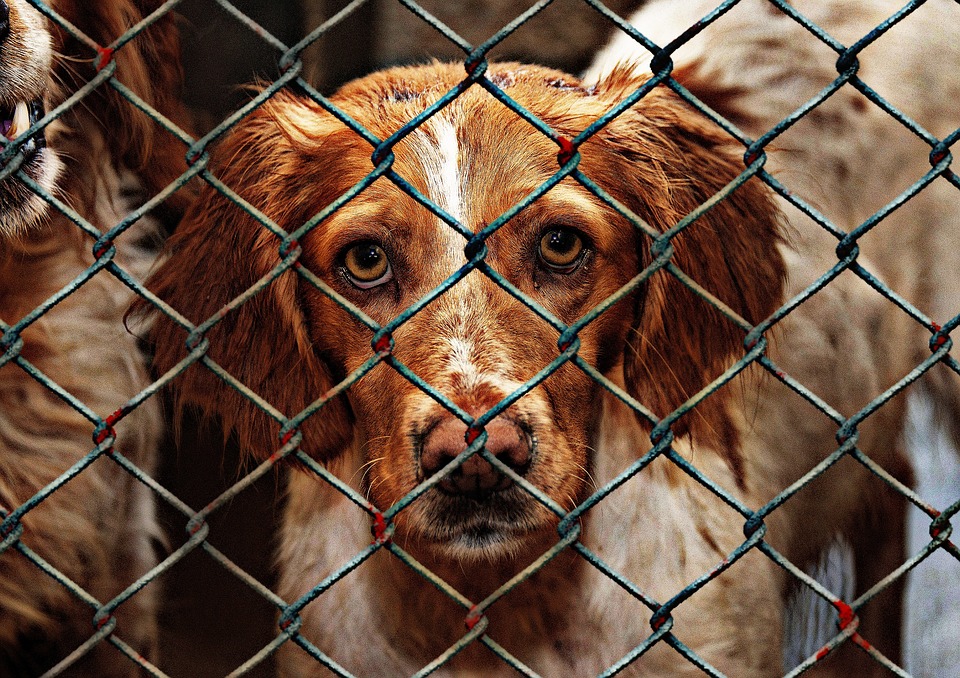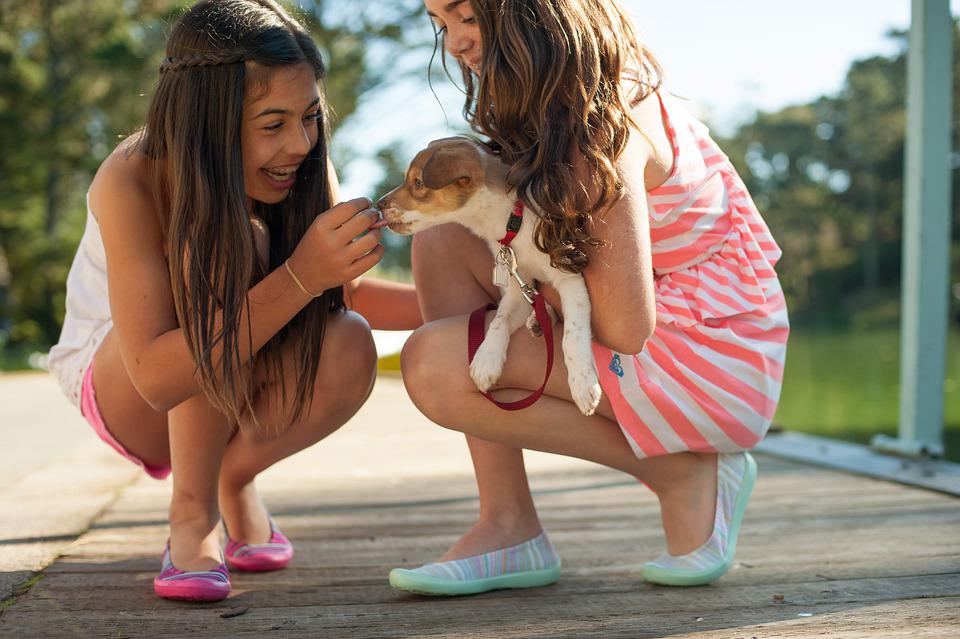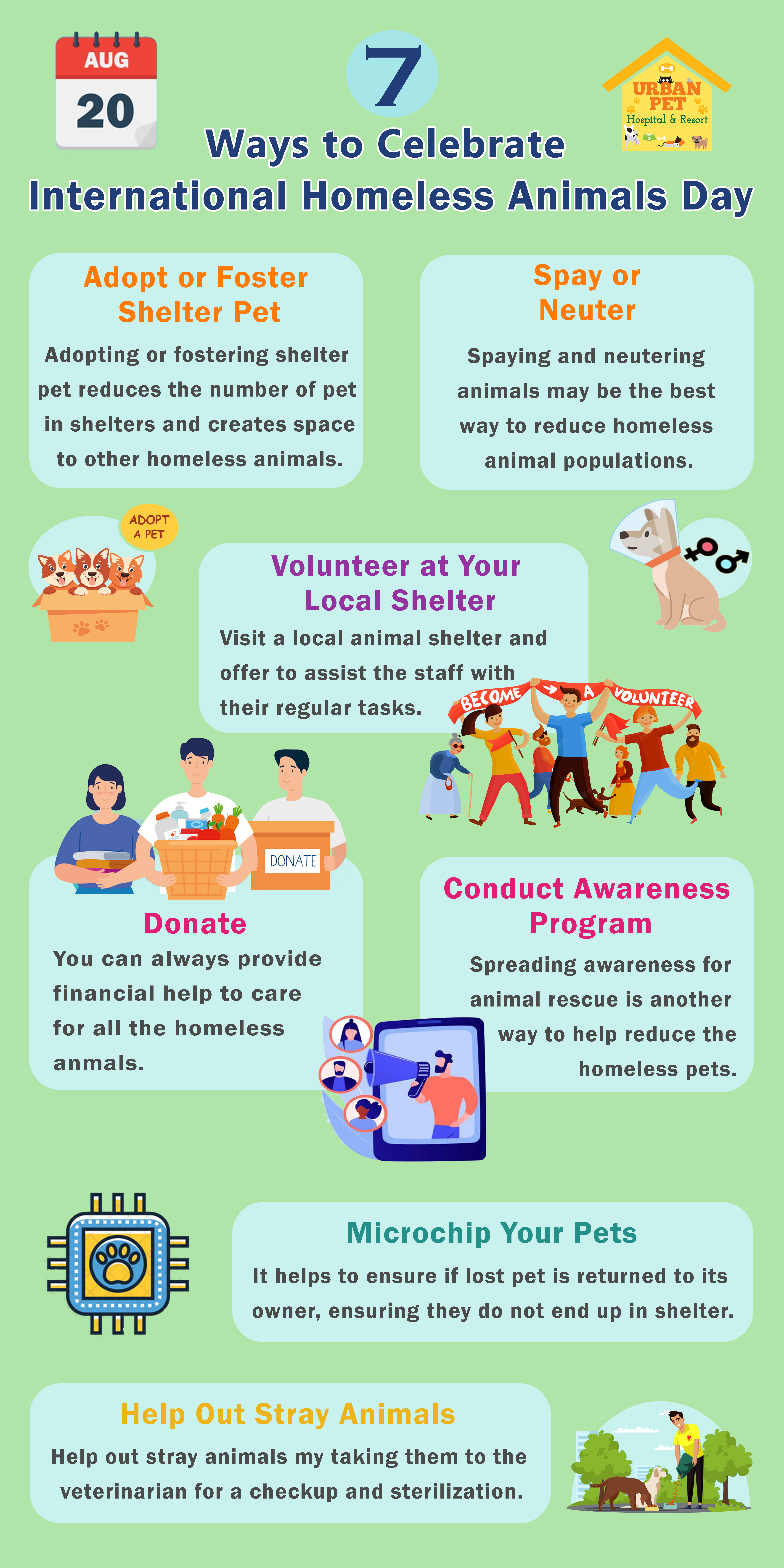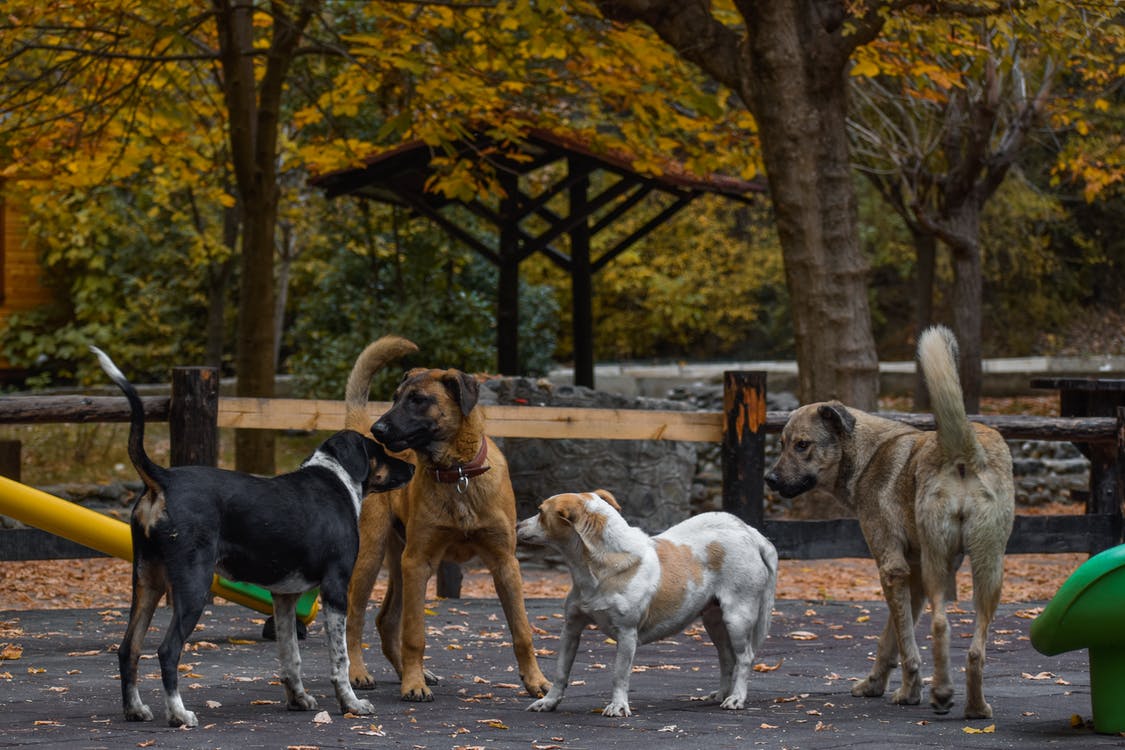International Homeless Animals Day is celebrated on the third Saturday of August each year to raise awareness of the budding problem of the rising pet population.
International Homeless Animals Day (IHAD) was conceived by the International Society for Animal Rights in 1992 in response to the increasing numbers of domesticated animals living in rescue shelters or left to fend for themselves on the streets.
Therefore, many animal welfare organizations and animal loving individuals plan and organize events on this day, and you should do too.
The best way to celebrate international homeless animal day is to encourage people to foster or adopt shelter animals, spay and neuter the pet, volunteer at local shelters, donate, conduct awareness programs, microchip pets and help out the stray animal.
Read on to learn the ways to celebrate International Homeless Animals Day.
Ways to Celebrate International Homeless Animals Day
According to the Humane Society of the United States, 6 to 8 million dogs and cats are taken into shelters every year.
With neither enough funding nor space to support the animals in their care, the shelters, unfortunately, decide to put down over half of them to make place for new shelter animals.
About 70 million stray animals in the US are euthanized annually, which is truly staggering and distressing.
International Homeless Animals Day works to prevent these numbers from increasing and reduce the number of homeless animals.
Let’s check out the ways to celebrate International Homeless Animals Day.
1. Adopt or Foster Shelter Pet
If you are considering bringing a new pet into your life, there is no better way to celebrate this day but to adopt or foster a pet from a shelter.
If you can give a home to a shelter pet, the shelter can use that space to house another animal, thus, reducing the number of pets in shelters.
Moreover, shelter animals that live in new homes may be more appealing to potential adopters. It is because the adopter can provide better care and assist them in adjusting to life in a home.

Even if you are unable to commit to long-term adoption, fostering is an effective way to help animal shelters.
You save and nurture their life by providing a homely environment, food, care, and medical needs.
2. Spay or Neuter
Millions of pets of all ages and breeds are euthanized or suffer as strays every year. These high numbers result from unplanned litters that could have been prevented with spaying or neutering.
Spaying and neutering animals may be the best way to reduce homeless animal populations, which otherwise would multiply quickly.
The cat can quickly reproduce at about four months old while the dog at around nine to ten months of age, leading to large numbers of puppies and kittens that pet owners may be unable to care for.

Unavoidably, these pets can wind up on the streets and in shelters.
International Homeless Animals Day is an excellent reason to ensure all pets are spayed and neutered.
Do your part and get your furry spay or neuter if you have not yet. Talk to the pet owner if you see a dog or cat who has not been spayed or neutered yet.
3.Volunteer at Your Local Shelter
Generally, animal shelters are low on staff. Therefore, animal shelters are always in need of active and enthusiastic volunteers for feeding, walking, playing, and grooming the animals.
Visit a local animal shelter and offer to assist the staff with their regular tasks.
- Help in cleaning the animal shelter
- Groom or bath the animal
- Help the animal to take medications
- Socialize the animals by playing or taking them on walks
- Train animals to make them more adoptable

Any kindness and affection shown to these stray animals can help expedite their physical and mental recovery from the trauma they endured on the streets.
The few hours you spare to volunteer at the shelter can significantly impact the animal’s lives.
4. Donate
Not every person has the time or the space to adopt an animal. But, you can always provide financial help to care for all the homeless animals.
You can even sponsor a pet you love from the shelter by providing funds. Your money will directly go towards the pet’s care, such as buying them food, treats, toys, medicines, and other essentials.

It can be more than worth donating to the shelters financially or supporting them by providing medical treatments, giving them a proper diet, and other essentials.
Even though an individual cannot make a huge financial contribution, they can organize a collection to raise funds for the shelter animals.
Check this infographic out for more information:

5. Conduct Awareness Program
Spreading awareness for animal rescue is another way to help reduce the number of homeless animals and prevent pet overpopulation.
The best thing about spreading animal rescue awareness is that there are different ways you can incorporate it into your life.
- Volunteer to help organize any animal rights event that educates the citizens regarding the right way to treat animal rights
- Help in organizing pet adoption events
- Share information about adoptable shelter pets on social media
- Encourage your friends and neighbor to volunteer or donate to animals shelter
- Set up a recurring monthly donation
- Encourage the public to adopt a pet rather than buying from a pet store
- Ask people to donate things like blankets, toys, beds, and food

The more awareness you bring to animal rescues, the easier it will be for the animal shelter to get funding and find homes for the pets in need.
6. Microchip Your Pets
Did you know over 10 million dogs and cats are lost or stolen annually in the US?
Many pets wind up in shelters; therefore, ensuring your pet is microchipped is vital.
If you have not yet microchipped your pet, then microchip them today to provide 24/7 identification over the lifetime of your pet.

Even if they get lost, the animal shelter or vet care can scan your pet and help the pet owner reunite with them safely.
This helps safeguard that a lost pet is returned to its owner, ensuring they do not end up in the animal shelter.
7. Help Out Stray Animals
If you find any stray or injured animal on the street, do not abandon it. Take them to the veterinarian for a checkup and sterilization.
Call your local animal rescue team if the animal looks aggressive or is in a dangerous area. Once the pet is thoroughly sterilized and vaccinated, check for a collar or microchip to contact the owner.

You have two options if there is no microchip in the animal. Take it to your local animal shelter or take it home and care for it until you find the pet owner.
But if you are unable to adopt it, then at least get them admitted into an animal shelter where they will get the appropriate care they deserve.
Conclusion
Pet overpopulation is a critical issue around the globe, leading to homeless animals.
While this problem cannot be solved overnight, being aware of the issue and taking small steps to combat pet overpopulation will help.
It is the perfect opportunity for individuals to learn and understand the value of shelter animals and give those animals a second chance to live a better life.
Let’s do our part and celebrate International Homeless Animals Day.
Get in touch with Urban Pet Hospital & Resort, the best pet hospital in Des Moines, for more information.